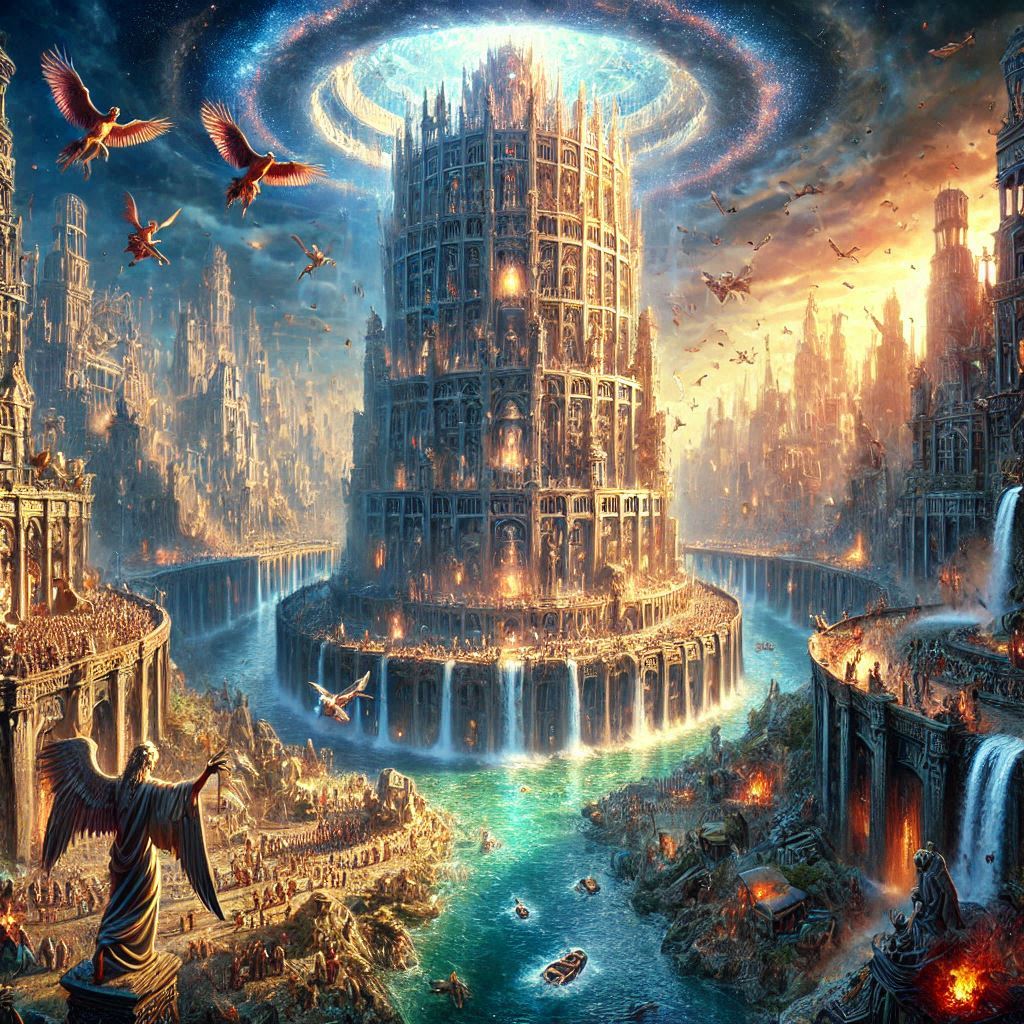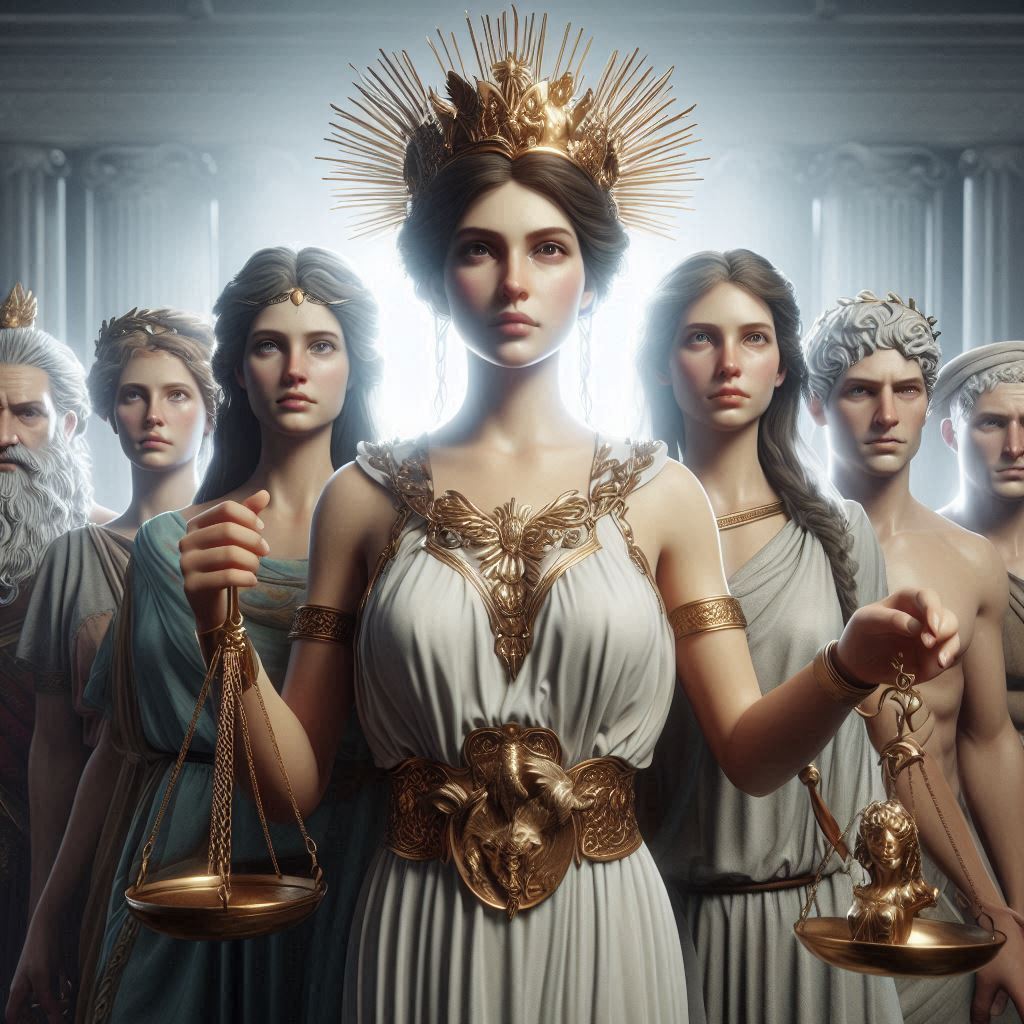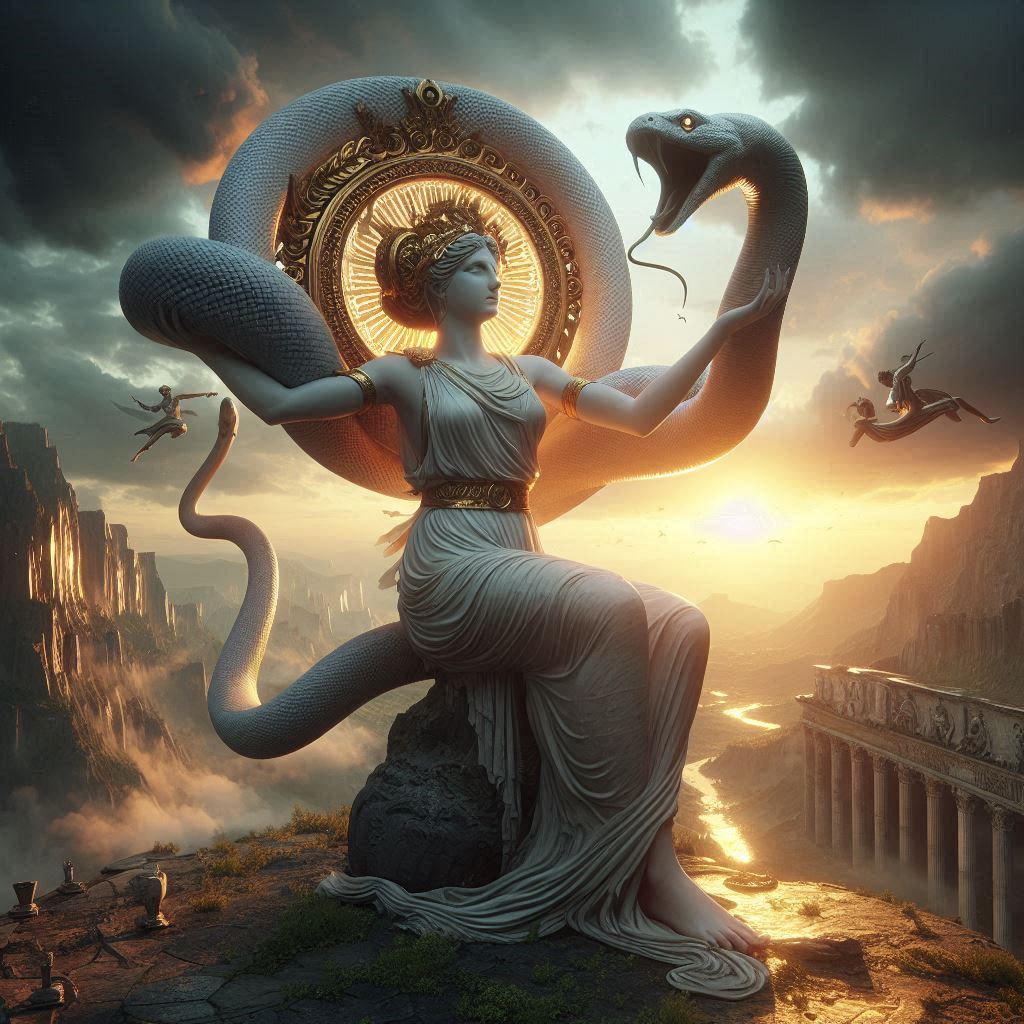Table of Contents
Themes of Fear, Sexuality, and Otherness in Bram Stoker’s Dracula
Bram Stoker’s Dracula (1897) is one of the most influential Gothic horror novels of all time, shaping modern vampire mythology and exploring deep-seated fears of the Victorian era. Through the chilling tale of Count Dracula’s invasion of England, Stoker delves into themes of sexuality, xenophobia, and the clash between modernity and superstition. The novel’s enduring appeal lies not only in its suspenseful narrative but also in its complex portrayal of human anxieties.

The Fear of the Foreign “Other”
One of the central themes in Dracula is the fear of the foreign invader corrupting British society. Count Dracula, a Transylvanian nobleman, represents the “Other”—an Eastern European threat to England’s purity and order. His supernatural powers, ancient origins, and aristocratic demeanor make him both fascinating and terrifying. Stoker’s depiction of Dracula reflects Victorian anxieties about immigration and racial degeneration, as the Count literally drains the lifeblood of English citizens. The novel’s heroes—Jonathan Harker, Mina Murray, and Van Helsing—embody British resilience, using science, religion, and teamwork to combat the foreign menace.
Sexuality and Repression
Dracula also explores repressed Victorian sexuality, particularly through the vampire’s seductive power over women. Lucy Westenra and Mina Harker become objects of desire and corruption, with Lucy’s transformation into a voluptuous, bloodthirsty vampire symbolizing fears of female sexual liberation. The male characters respond with a mix of fascination and horror, seeking to “purify” Lucy through her gruesome staking. Similarly, Dracula’s brides and his attacks on Mina blur the lines between pleasure and danger, challenging Victorian norms of female chastity. The novel suggests that unchecked desire leads to destruction, reinforcing conservative values of the time.
Science vs. Superstition
The conflict between rational science and ancient superstition is another key theme. While Van Helsing employs modern methods like blood transfusions, he also relies on folklore, religious symbols, and garlic to defeat Dracula. This duality reflects the Victorian struggle to reconcile scientific progress with lingering beliefs in the supernatural. The characters’ inability to defeat Dracula through science alone suggests that some evils require both intellect and faith.
Unconventional Themes in Bram Stoker’s Dracula: Empire, Disease, and the Queer Subtext
While Dracula (1897) is often analyzed for its Gothic horror elements, Bram Stoker’s novel also harbors deeper, less-discussed themes tied to British imperialism, medical anxieties, and homoerotic undertones. By examining these unconventional lenses, the novel transforms from a simple vampire tale into a layered critique of Victorian society.
1. Dracula as a Dark Mirror of British Colonialism
Count Dracula is not merely a foreign invader—he mimics the very imperialist tactics of the British Empire. His colonization of London (via purchased estates and legal maneuvering) mirrors Britain’s economic exploitation of distant lands. Dracula’s “reverse colonization” forces Englishmen to confront their own imperialist practices, as the predator becomes the prey. The novel’s climax—a band of British men hunting Dracula back to Transylvania—echoes colonial military campaigns, blurring the line between hero and conqueror.
2. Vampirism as a Contagious Disease
The Victorian era was marked by fears of syphilis, tuberculosis, and “blood corruption.” Stoker’s vampires operate like a pandemic: Lucy’s transformation mirrors disease progression, and Van Helsing’s quarantine tactics (garlic, sacred wafers) resemble public health measures. The “tainted blood” motif reflects anxieties about degeneration, echoing real-world panic over hereditary illness and miscegenation. Even the vampire hunters’ obsessive documentation mimics medical case studies, framing Dracula as both supernatural and pathological.
3. Homoeroticism and Repressed Desire
The novel’s intense male relationships—particularly between Jonathan Harker and Dracula—carry homoerotic undertones. Harker’s imprisonment includes scenes of forced intimacy (“This man belongs to me!”), while Dracula’s seduction of men (e.g., Renfield) subverts Victorian masculinity. The all-male vampire-hunting party bonds through shared violence, a dynamic some scholars interpret as sublimated queer desire. Even Lucy’s polyandrous engagements (three suitors) and Dracula’s genderless predation challenge rigid sexual norms.
4. The Vampire as a Capitalist Monster
Dracula’s wealth and transnational real estate investments paint him as a Gilded Age robber baron. He hoards gold, exploits legal loopholes, and treats humans as expendable labor—mirroring Victorian critiques of industrial capitalism. The vampire’s inability to create (only corrupt) parallels Marx’s “vampire capital,” which feeds on workers’ vitality. Stoker, an Irishman, may have embedded anti-capitalist satire within the horror.
5. Mina Harker: The New Woman or Reinforced Patriarchy?
Mina is often praised as a proto-feminist for her intelligence and bravery, but her arc ultimately reinforces patriarchal control. Though she aids the hunters, her “salvation” requires male violence (Van Helsing’s branding her forehead with a crucifix). Her final role as a docile wife and mother suggests Stoker’s ambivalence toward the New Woman movement, celebrating female intellect only when it serves male authority.
Conclusion
Dracula remains a timeless masterpiece because it taps into universal fears—of the unknown, of lost control, and of societal decay. Stoker’s Count Dracula is more than a monster; he is a symbol of everything Victorian England feared: foreign influence, sexual temptation, and the limits of human knowledge. The novel’s rich themes and Gothic atmosphere continue to captivate readers, ensuring its place as a cornerstone of horror literature.


No responses yet